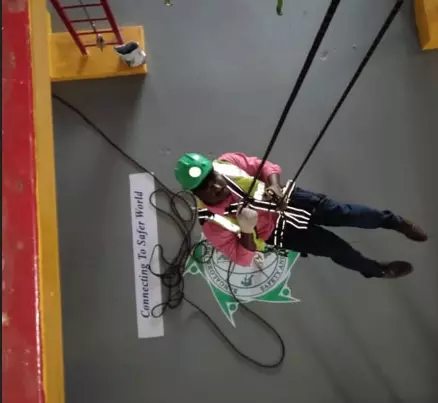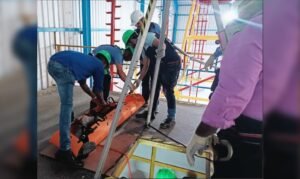Mastering the Art of Rope Access: Understanding the Techniques and Benefits of Rope Access Training
Rope access training is a vital skill for those who work at heights, whether in construction, inspection, or maintenance.
It involves using ropes and other equipment to safely and efficiently access difficult-to-reach areas.
There are several different rope access techniques, including single rope technique (SRT), double rope technique (DRT), and twin rope technique (TRT). Each technique has its own advantages and disadvantages, and the appropriate technique will depend on the specific job and location.










